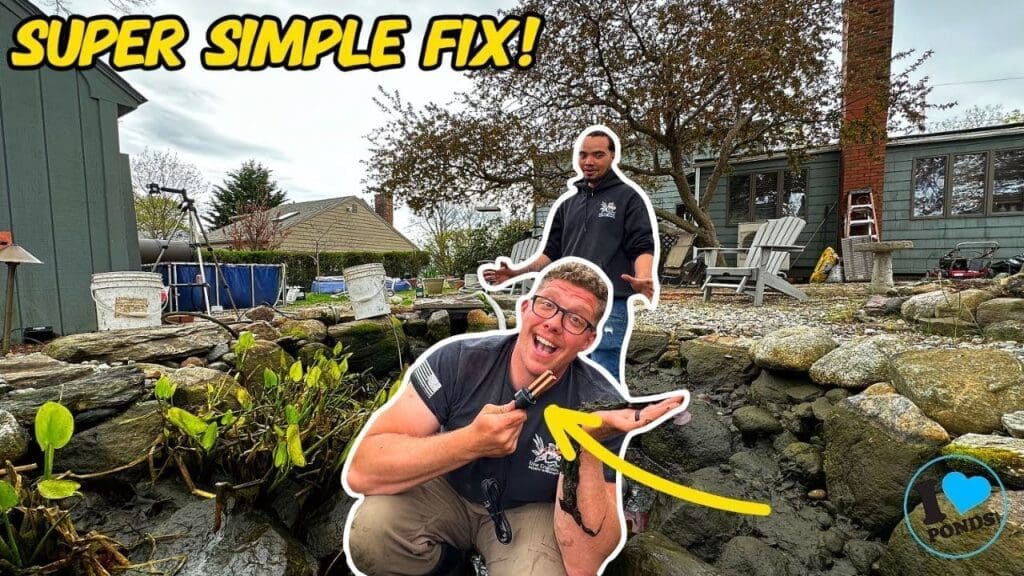String algae, a common issue for pond owners, can quickly turn your beautiful aquatic landscape into a murky mess. While it isn’t harmful to fish or plants, it is unsightly and can take over your pond if left unchecked. Here’s how to prevent and manage string algae in your backyard pond.
Understanding String Algae
String algae are long, fibrous strands of algae that thrive in nutrient-rich waters. It often appears in ponds with good water quality, which is the goal for any pond owner. However, too many nutrients in the pond can lead to excessive string algae growth.
Causes of Excess Nutrients
Excess nutrients can enter your pond from various sources, including:
- Heavy rains and lightning storms: These can wash nutrients into your pond.
- Runoff from fertilized lawns: Fertilizers used in nearby gardens can end up in your pond.
- Fresh mulch around the pond: Decomposing mulch can release nutrients into the water.
- Overfeeding fish: Excess fish food leads to more fish waste, adding nutrients to the pond.
Prevention Methods
1. Copper Ionizers One of the most effective tools for preventing string algae is a copper ionizer. This device releases microscopic particles of copper into the water, which inhibits the growth of string algae and kills any existing algae. It’s a popular choice among pond maintenance professionals and is highly effective at keeping water clear.
2. Beneficial Bacteria Adding beneficial bacteria to your pond on a weekly basis helps maintain a healthy ecosystem. These bacteria break down excess nutrients and waste, reducing the chances of string algae growth. During periods of heavy algae growth, you can increase the frequency to twice a week.
3. Aquatic Plants Planting aquatic plants in your pond can significantly reduce string algae by absorbing excess nutrients. Aim to cover at least 30% of your pond’s surface with plants. This not only prevents algae growth but also enhances the beauty of your pond with lush greenery and flowers.
Additional Tips
If copper ionizers and beneficial bacteria are not within your budget, consider these additional steps:
- Regular Maintenance: Regularly remove debris and dead plant material from your pond to prevent nutrient buildup.
- Aeration: Ensure your pond has adequate aeration to maintain oxygen levels, which helps beneficial bacteria thrive.
- Yogurt Analogy: Think of beneficial bacteria like the probiotics in yogurt; just as they help your digestive system, beneficial bacteria help maintain your pond’s ecosystem by breaking down waste.
Need Personalized Advice?
If you have specific issues or need personalized advice, feel free to drop a comment or contact us directly. Our team has a variety of tools and solutions tailored to address different pond problems, ensuring your pond remains clear and beautiful all year round.
Preventing string algae in your pond requires a combination of proper maintenance, the right tools, and a bit of knowledge about your pond’s ecosystem. By implementing these tips, you can enjoy a clean, clear pond throughout the year.
For more detailed advice or to schedule a consultation, click here to get started. Our team is ready to help you keep your pond in perfect condition. Happy pond keeping!




